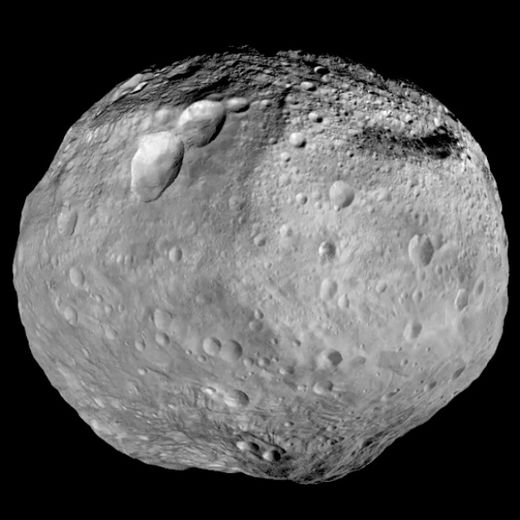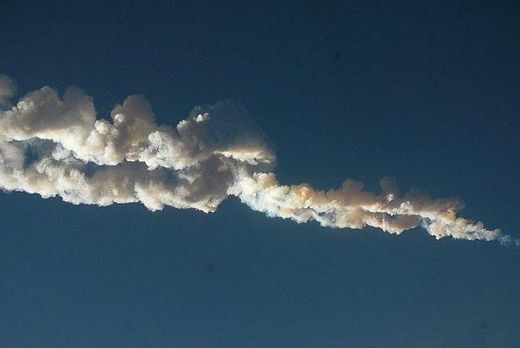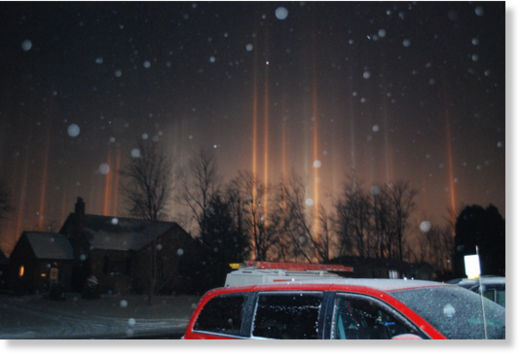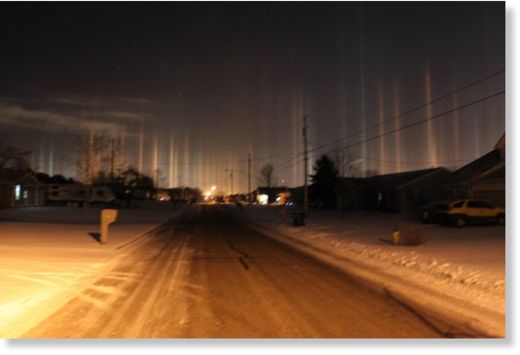Definitely a heads-up situation: According to NASA’s Near Earth Object Program, there will be 43 asteroids flying close to Earth in January and 25 in February. In March, the number further drops to 15.
Category Archives: Earth Changes
Permian History Methane Gas Explosion From Ocean Wiped Out 95% Of Life
This is why I keep saying that the news about methane clathrate eruptions is very, very bad. Part of why the psychopaths are catapulting the propaganda – to distract everyone and hold of the pitchfork rendezvous.
SOTT Earth Changes Summary – June 2014
This one is a gotta see and gotta share! The planet was VERY busy last month and I bet there’s stuff in this video that you did NOT hear about in mainstream news!
SOTT Earth Changes Video Summary – May 2014
Not to be missed! The fifth installment in our new monthly series, the following video compiles footage of ‘signs of the times’ from around the world during May 2014 – ‘earth changes’, extreme weather and planetary upheaval.
The biggest threat to humanity, far bigger than global warming/climate change, is about to get bigger, much bigger
I’ve been predicting this for quite a few years now: comets/asteroids and an ice age. People could have been getting prepared but now it’s pretty much too late. Oh, did I forget to mention plague with 80% or higher mortality rate? Been saying that, too.
This Earth Day, Tuesday, April 22, three former NASA astronauts will present new evidence that our planet has experienced many more large-scale asteroid impacts over the past decade than previously thought… three to ten times more, in fact. A new visualization of data from a nuclear weapons warning network, to be unveiled by B612 Foundation CEO Ed Lu during the evening event at Seattle’s Museum of Flight, shows that “the only thing preventing a catastrophe from a ‘city-killer’ sized asteroid is blind luck.”
Considering the recent Ebola outbreak (“Broken through all containment efforts”) and cases suspected in Pisa, Italy, things might be about to get VERY interesting. Hope folks have been getting keto adapted.
SOTT Summary, February 2014: Fireballs, Extreme Weather, and Earth Changes
SOTT Summary, February 2014: Fireballs, Extreme Weather, and Earth Changes
The following video contains footage of some of the extreme weather, fireballs and seismic activity from around the world in February. Think the weather’s crazy where you live? Check out what’s happening elsewhere…
January’s ‘polar vortex’ returned to bury most of the US in snow… despite a record number of ‘winter wildfires’ breaking out as far north as Oregon.
Mount Sinabung in Indonesia erupted spectacularly… then a string of volcanoes followed the ensuing pyroclastic cloud down the mountain, while another major volcanic eruption occurred in Ecuador.
Severe flooding, tidal surges and hurricane force winds hit Western Europe, while Eastern Europe was hit by heavy snow and ice-storms.
A wildfire broke out in Wales between winter storms… as Atlanta, Georgia was knocked out by snow.
There were record snowfalls in Iran and Tokyo, more ‘strange sky sounds’ and the Great Lakes almost completely froze over.
A waterspout was filmed off the Australian coast, a major heatwave hit Brazil, and sinkholes opened up all over UK…
Is this normal?!
Risk of asteroid impacts may be more common than expected
They are waking up to reality a day late and a dollar short.
Risk of asteroid impacts may be more common than expected
Rather than expecting an impact every 150 years, researchers believe the risks could be ten times greater.
Researchers warn that the risk of space rocks, like the one that exploded over Russia in February 2013, hitting the Earth is ten times larger than previously estimated.
Using videos from security and dashboard cameras, researchers were able to reconstruct the asteroid and its trajectory through the atmosphere.
Three separate papers out this week agree that the asteroid, which caused an intense flash of blinding light at daybreak on Feb. 15 near the Russian city of Chelyabinsk, was nearly twice as heavy as earlier estimated and had the explosive power of 500,000 tons of TNT.
“Luckily, most of the kinetic energy was absorbed by the atmosphere,” said Jiri Borovicka, an asteroid researcher at the Astronomical Institute near Prague and lead author on a study published in Nature. “A more solid rock that might have blasted closer to the ground would have caused considerably more damage.”
According to Borovicka, the asteroid approached the Earth from a region in the sky that is inaccessible to ground telescopes. The asteroid should have been visible six weeks before the impact, but only during the day, when the sky is too bright to spot objects of its size.
Peter Brown, a planetary scientist at the University of Western Ontario and lead author on a separate paper published in Nature, said that previous models suggested that asteroids like the Chelyabinsk asteroid would hit the earth once every 150 years. But looking at the number of observed impacts over the last 20 years suggests the impact risk could be substantially higher.
Brown suggests that a sensible response to the Chelyabinsk asteroid is scanning the visible sky with asteroid detection and early-warning system like ATLAS, which is currently being developed in Hawaii.
Mystifying ‘Light Pillars’ shine in Ohio
This is awesome… but another “sign” that our planet and atmosphere is changing dramatically and FAST.
Mystifying ‘Light Pillars’ shine in Ohio
Mansfield – On a clear and cold night, beams of light appeared to be coming from the ground and shooting skyward.
Fox 8 News viewers captured the phenomenon in Mansfield late Tuesday and early Wednesday.
Senior meteorologist on extended USA cold blast to last past Groundhog day: ‘WOW F..ing WOW’
Senior meteorologist on extended USA cold blast to last past Groundhog day: ‘WOW F..ing WOW’
Normally quiet and reserved WeatherBell senior forecaster Joe D’Aleo (co-founder of the Weather Channel with John Coleman) almost never writes (email subject lines) like this. When he does, it gets my attention. A new forecast shows the cold blast in the eastern half of the USA extending well past Groundhog Day, Feb 2nd, according to their models. WeatherBell has had an excellent track record this winter so far. He says he hasn’t seen anything like it since 1918 when the big flu pandemic hit the USA.
Dead sperm whales – What’s up?
I think something strange is going on in our oceans and it doesn’t bode well… several widely spread stories about dead sperm whales washing up on beaches.
December 15, southern hemisphere: A sperm whale stranded on Anthony’s beach near Stanley, Tasmania
January 10, Florida: Sperm whale found dead on Boca Raton beach, Florida
January 11, much further north: Dead sperm whale washes up on Edinburgh beach, Scotland
January 12, Uruguay: Sperm whale body stuns, draws crowd in Uruguay
January 13, 13 smaller whales, southern hemisphere: Whales wash up at Farewell Spit, New Zealand






